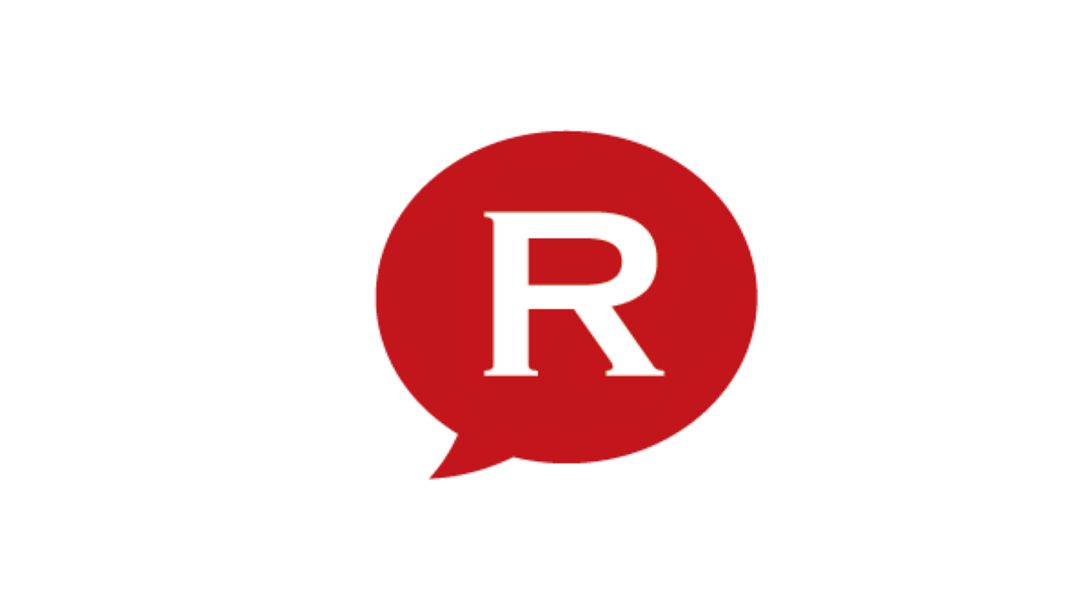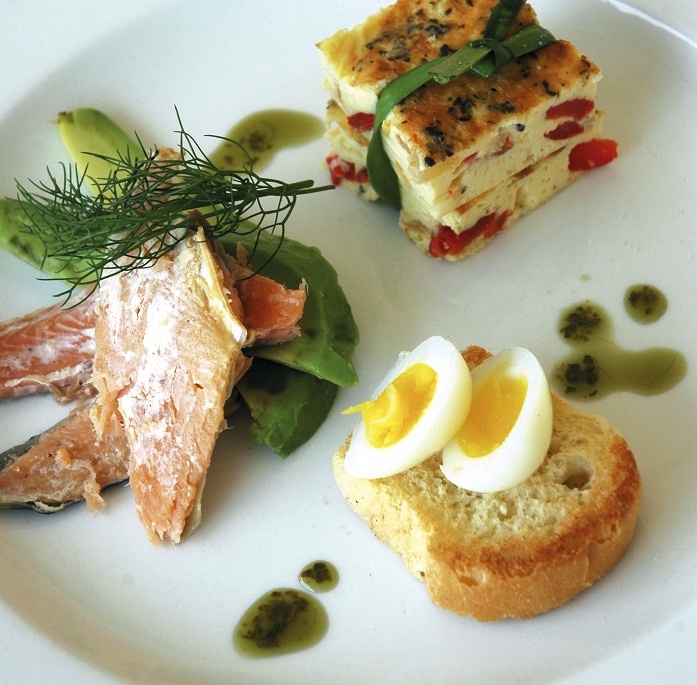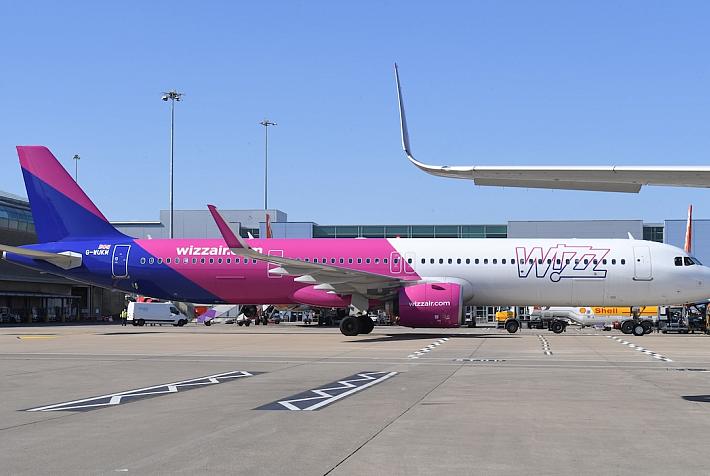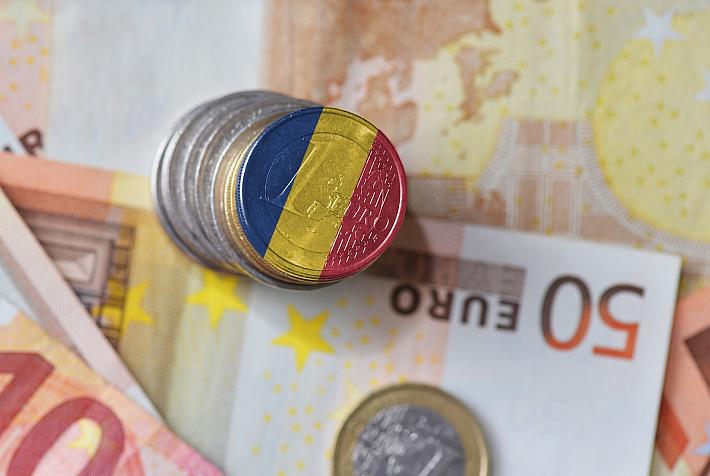Intercultural: Team work with a fusion spin

 Guest writer Irina Budrina looks at how multi-cultural teams can apply fusion collaboration principles in order to get things done- and what obstacles they might find in the process.
Guest writer Irina Budrina looks at how multi-cultural teams can apply fusion collaboration principles in order to get things done- and what obstacles they might find in the process.
When a French company prepared to merge with a Romanian firm, American and Romanian engineers discussed the difficulties of working with each other. As the Americans saw it, their Romanian colleagues took an "analysis paralysis" approach to problem solving: They insisted on analyzing the problem completely and correctly before taking any action.
The term "analysis paralysis" or "paralysis of analysis" refers to over-analyzing -or over-thinking a situation, so that a decision or action is never taken, in effect paralyzing the outcome.
Americans, in the Romanian engineers' view, insisted on action from the start, often at the expense of fully understanding the problem.
Cultural disagreements of that type aren't necessarily insoluble. When an American software engineer started to work with a team of Israelis, for example, he was shocked by their argumentative approach - until he realized that they took the same approach to each other. He adapted by imposing some structure on the team's work, while allowing himself and his colleagues to express themselves naturally.
In another case, American and British members of a research team had violent disagreements over the speed at which they worked on a project. The Americans wanted to go full steam ahead while the Brits wished to advance more slowly in case they met serious pitfalls. Management accommodated both groups by setting an in-between speed that kept the project moving while allowing it to foresee problems.
And when a group of Japanese engineers encountered huge challenges cooperating with Indian engineers on a project, they organized some training materials designed to stimulate the two groups to talk about their assumptions and experiences. The materials helped the two groups of engineers to understand each other's worldviews and to collaborate more effectively.
The Fusion Approach
We can summarize the strength of the fusion concept with a simple example. "Look at greeting behavior. Kissing, bowing, and shaking hands all achieve greeting effectively. In fusion, team members realize there's a different way of doing things over there and how the team can use those differences to be more creative."
The term “Fusion” is used here because of its resemblance to fusion cooking.
This culinary method combines or substitutes ingredients or cooking techniques from different cultural traditions while preserving their distinct flavors, textures, and presentations. Fusion cooking is a method that relies on combining different styles of cooking and cooking ingredients in such a way that the elements remain identifiable, but their juxtaposition is unique.
In similar fashion, the fusion approach to teamwork aims to obtain contributions from individual team members whenever those members’ understanding or expertise is relevant to the team’s goal.
In teamwork where a team consists of different cultures, fusion is based on two fundamental elements of collaboration: coexistence of differences and meaningful participation.
Fusion is an entirely new concept. It is not intuitive, because it is complex.
Multicultural teams have an obvious advantage over homogeneous teams: divergent thinking. Just as two heads are better than one, so two or more cultural perspectives should lead to more creative decisions and solutions. While homogeneous teams are good at reproducing solutions, heterogeneous teams are appropriate for solving new, complex problems.
Most multicultural teams collaborate in one of two ways. In the dominant (or subgroup) coalition model, a coalition of team members directs the extraction of information and the team’s decision making. A dominant coalition does not necessarily consist of a majority of the team’s members—it might be a minority group or even a single person. But whatever its constitution, it has power.
Alternatively, the integration and/or identity model requires team members to sublimate the identity of their own cultural groups to that of the entire team. They do so by adopting “superordinate goals” based on the common interests of team members. This process gives the team’s entire membership broader access to information and decision making than the dominant coalition model. However members might yield some of their cultural identity—and hence their tendency to think differently—in the interests of unity. Also the team might function at the level of its least productive member. This lowest common denominator philosophy can dilute contributions from the most productive members.
How can teams ensure meaningful participation of members with the appropriate knowledge at the appropriate time? One of the ways to get people to participate is to make the size of the groups smaller, and to seed each small group with someone who is likely to support the team member who has not been participating.
To maintain its creativity as its tasks change, the team should continually reconstitute the subgroups. And whenever disagreements occur, as they inevitably will, members should take a vote. This approach preserves differences and gets decisions made.
But how does the fusion model fare if one cultural group consistently wins the votes and exerts its power in other ways? Here a team leader should make formal interventions to balance the power equation. Such interventions might aim at managing the team’s time better. They might encourage more questioning among team members. Alternatively, the leader might appoint individuals or subgroups to work on a particular problem independently and then share their solutions with the entire team.
This collaboration will also teach and encourage Eastern European cultures to participate and speak up more in group problem-solving.
By Irina Budrina, guest writer, irina.budrina@romania-insider.com
Irina Budrina – Cultural Intelligence Expert & Contributor. She holds a degree in Psychology from the Moscow State University, specializing in Personality and Cross-cultural Psychology, Psychology of Advertising, PR and Marketing, and and EMBA from the Temple University Japan-USA.















